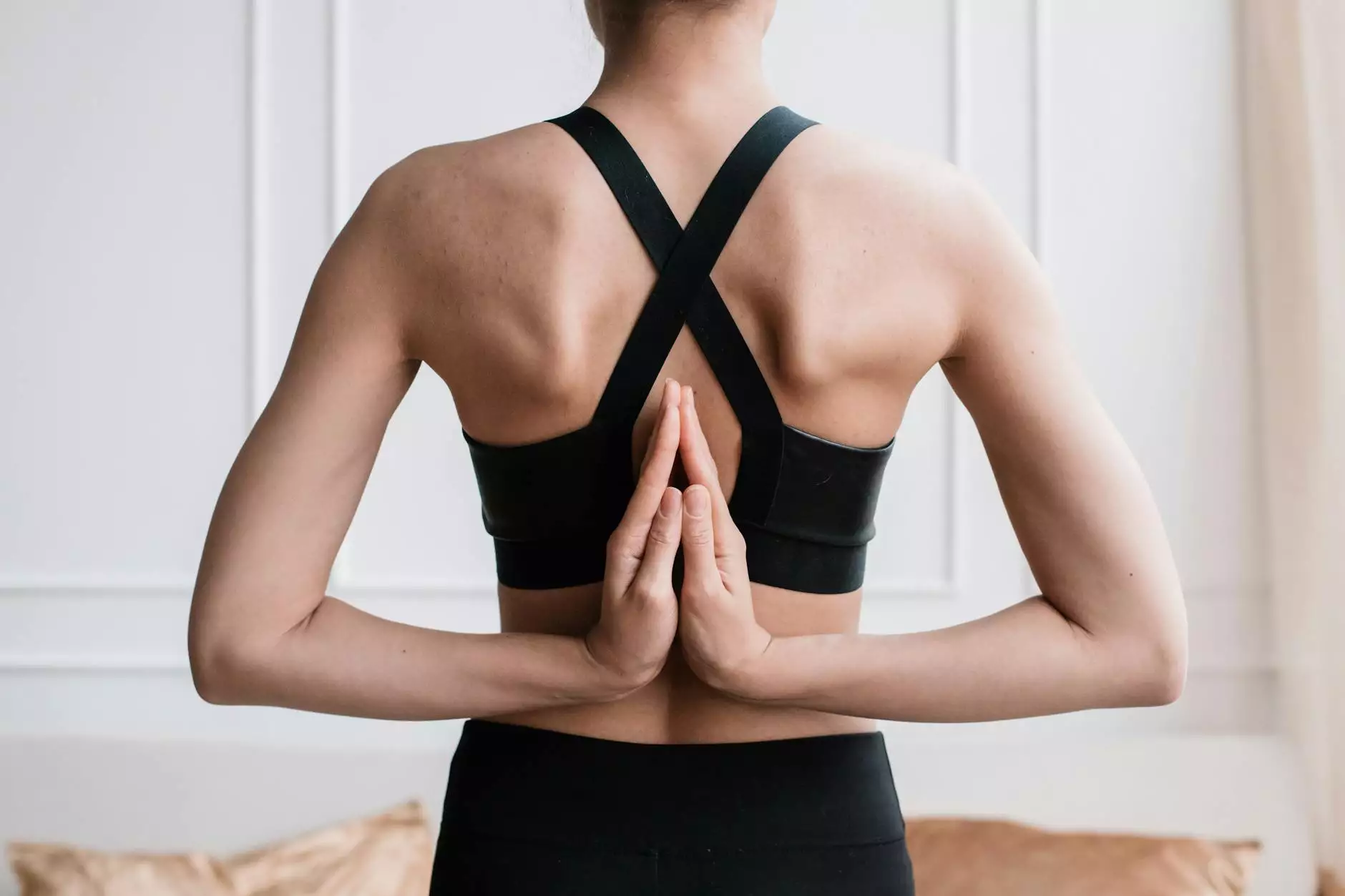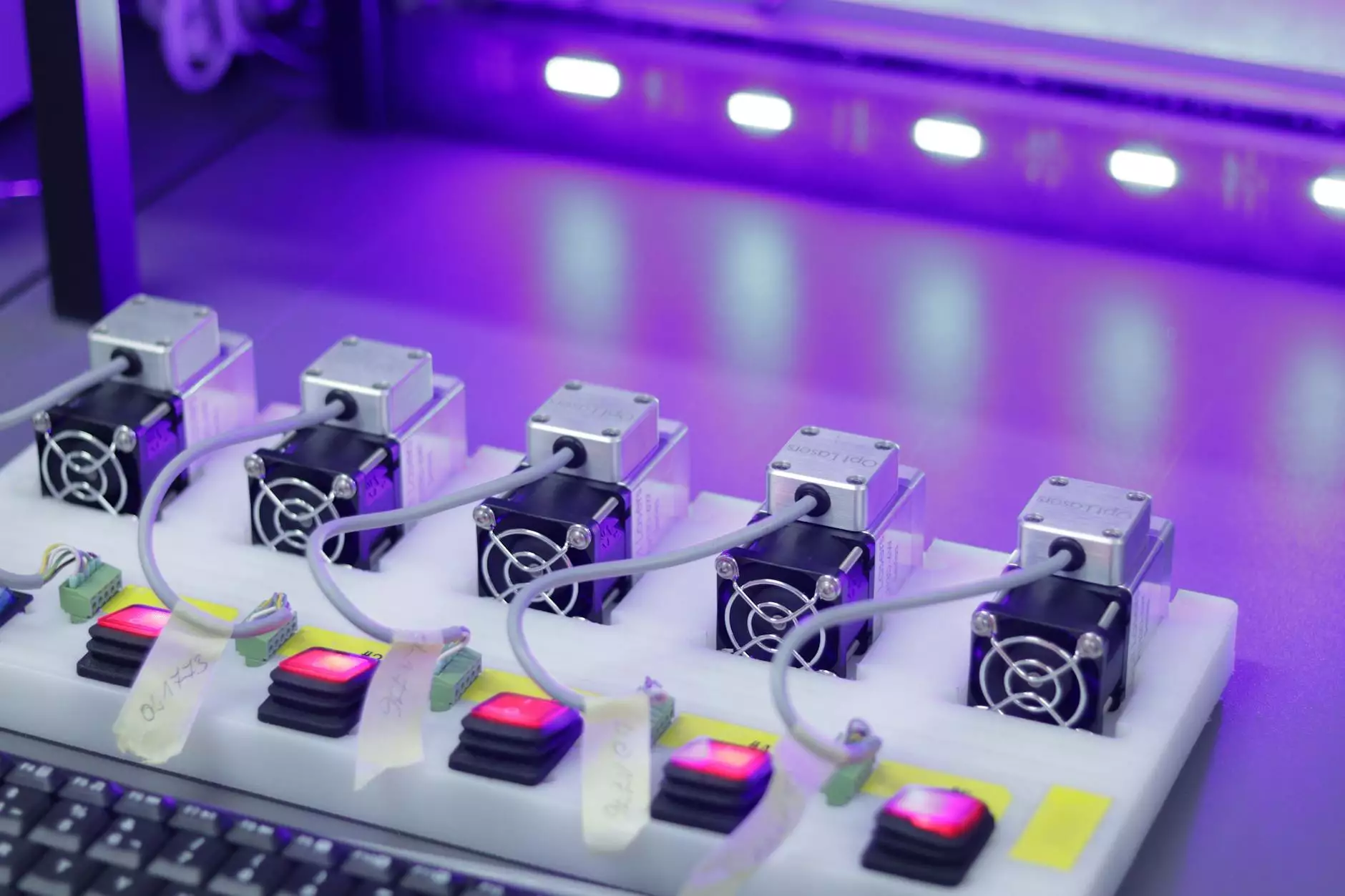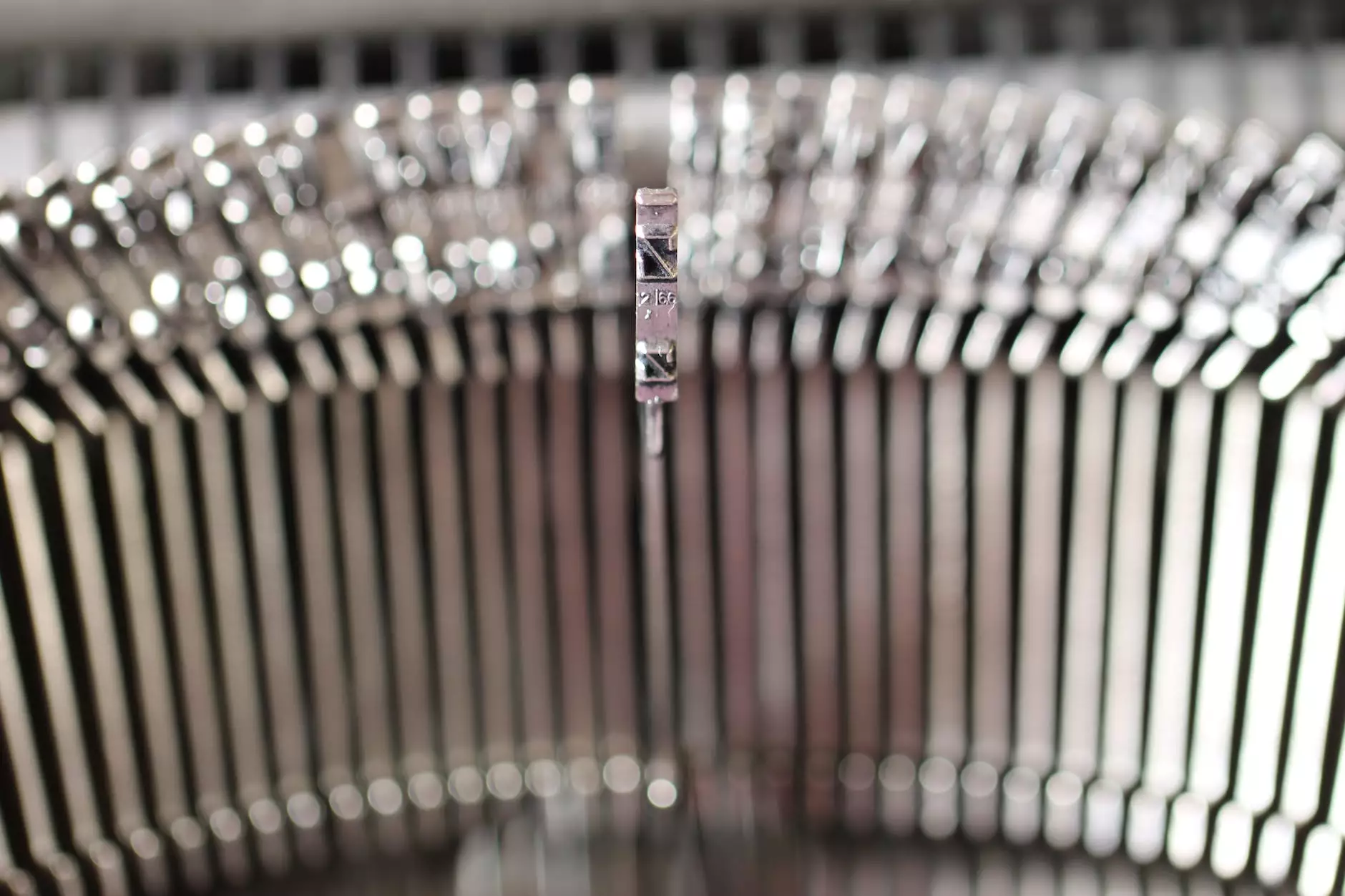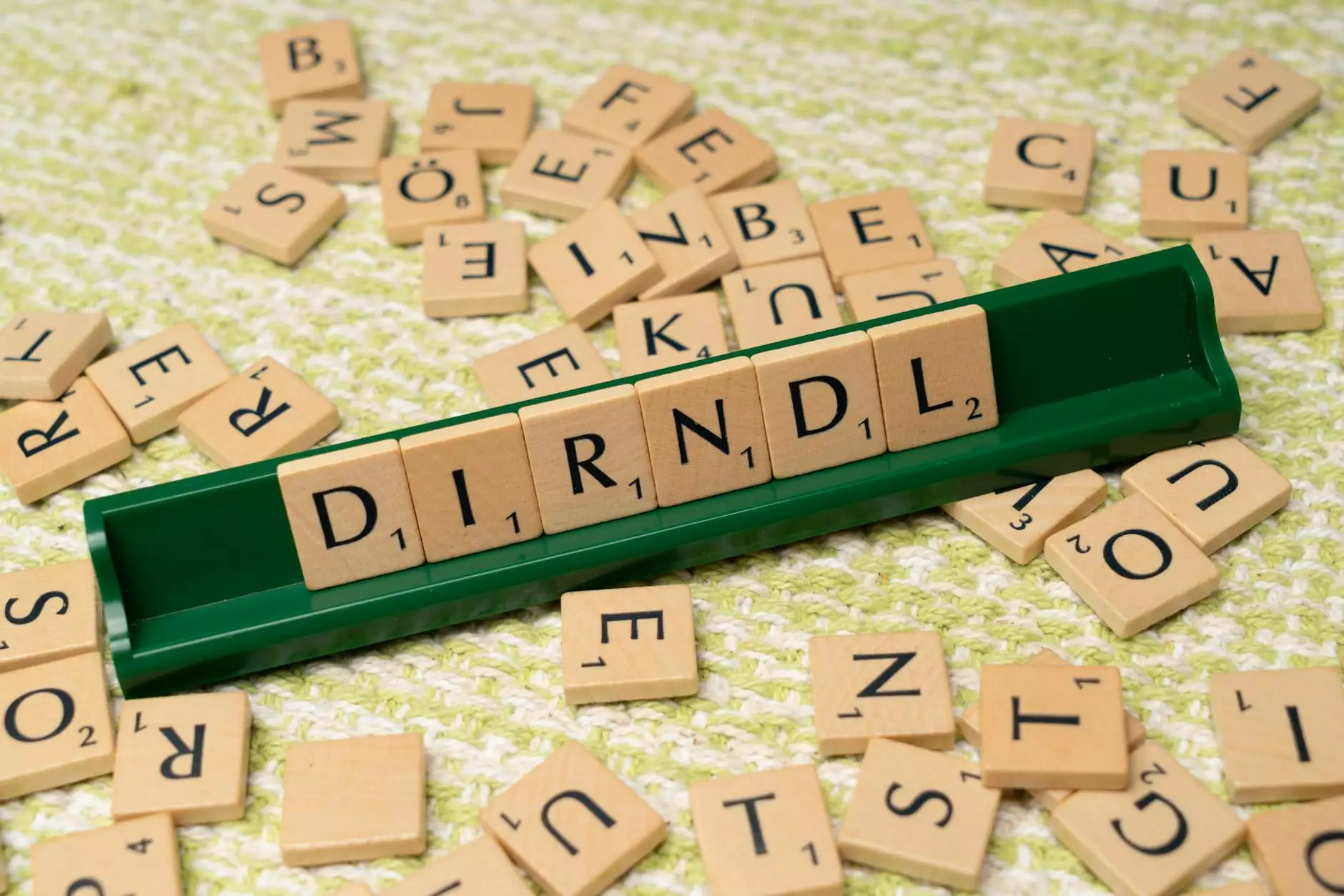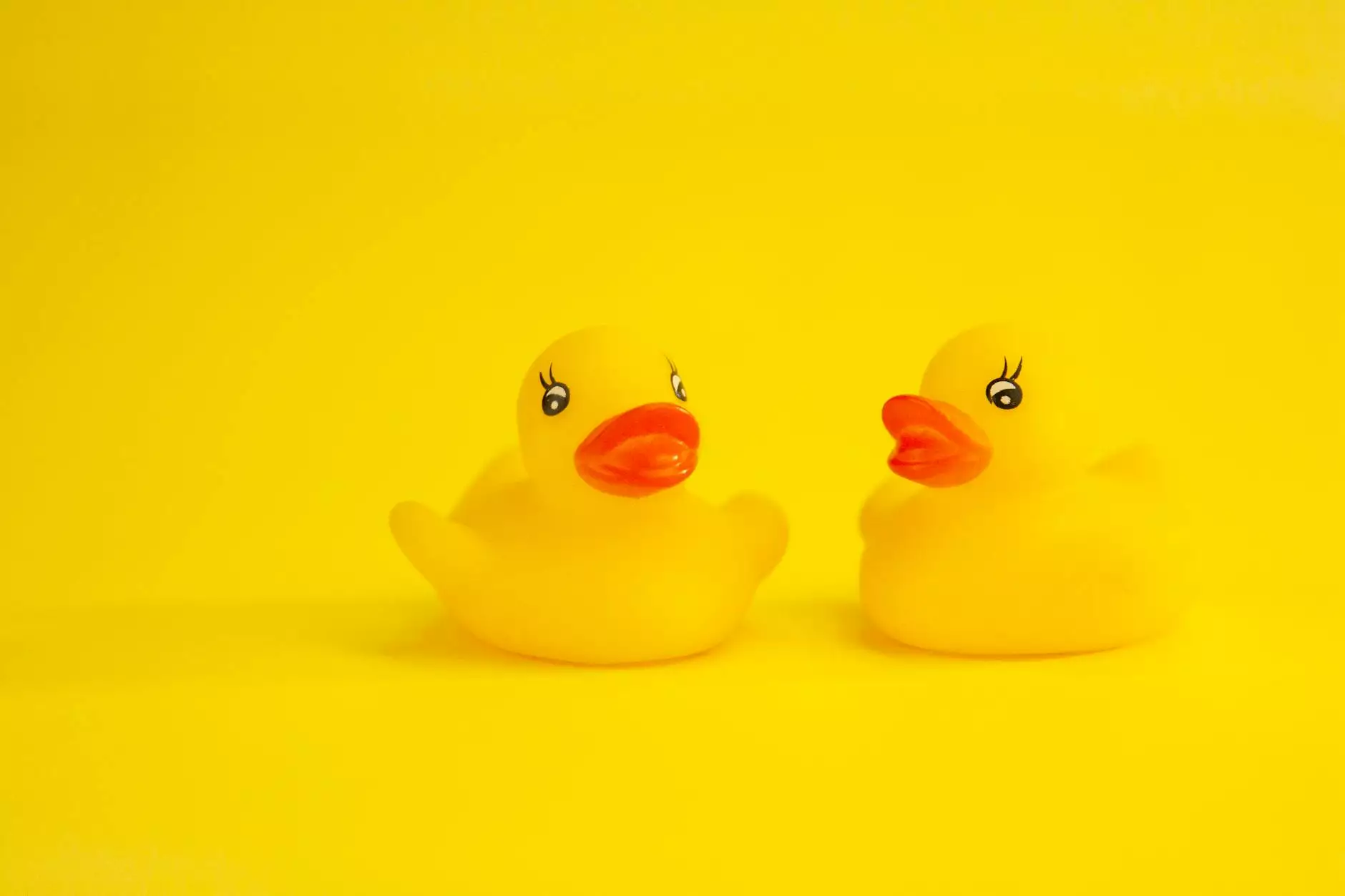Understanding Needle Holders in Medical Practice
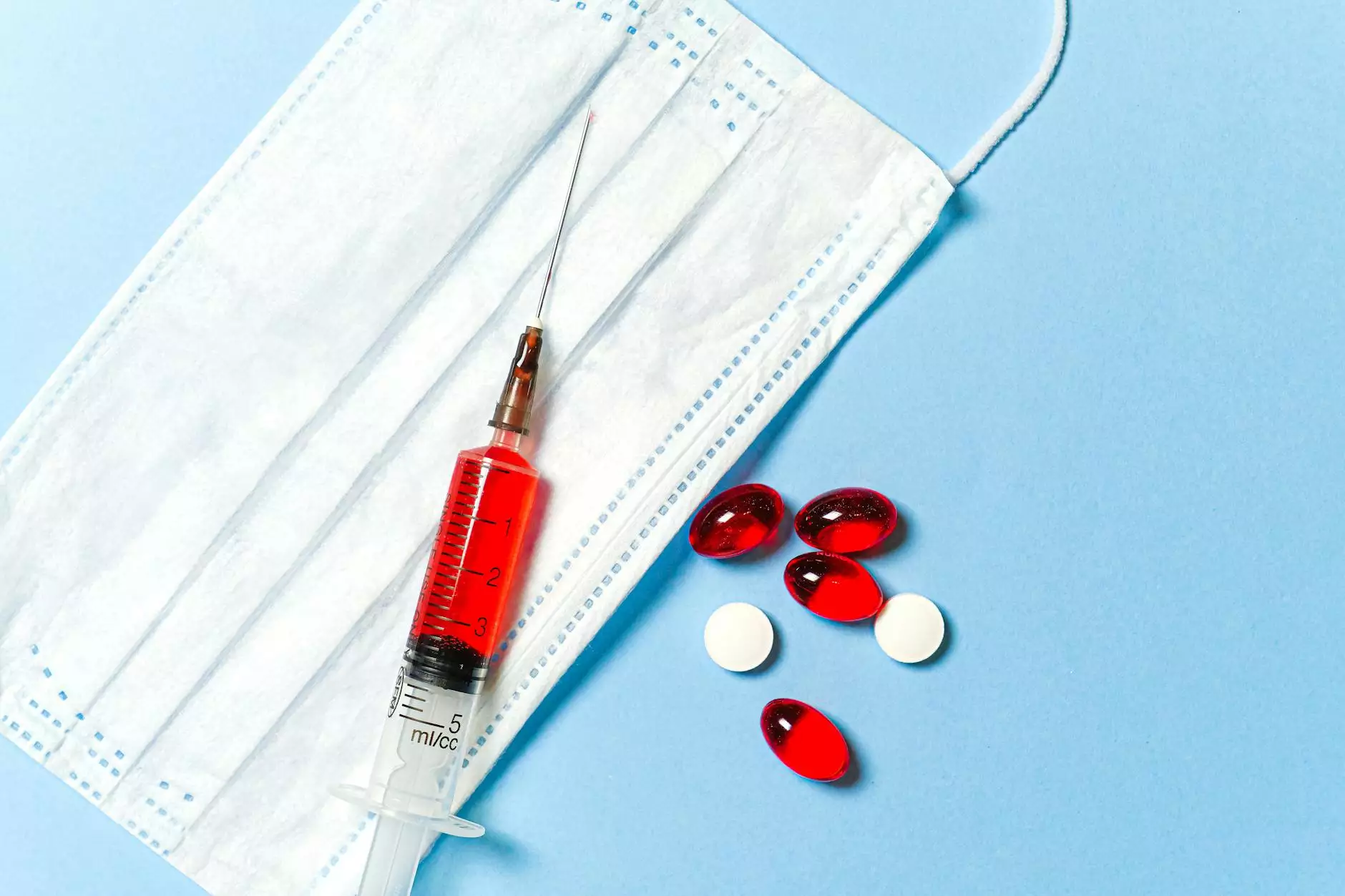
Needle holders play a crucial role in the field of medicine, particularly in surgical procedures and suturing practices. Their design and functionality are essential for healthcare professionals to perform precise tasks, ensuring patient safety and surgical success. In this article, we will delve deep into the world of needle holders, exploring their types, uses, and significance in various medical settings.
What is a Needle Holder?
A needle holder is a surgical instrument used by doctors and surgeons to securely grasp a needle while suturing tissues together. This instrument is designed to provide a strong grip on the needle, allowing healthcare professionals to manipulate it with precision during procedures. Needle holders come in different designs and sizes, catering to various surgical needs.
The Anatomy of a Needle Holder
Understanding the components of a needle holder can help medical students and professionals appreciate its functionality. The main parts include:
- Jaws: The part that holds the needle securely.
- Locking Mechanism: This features a ratchet that allows the jaws to be locked in place, facilitating a stable grip.
- Handles: These are ergonomically designed for comfort and control during intricate procedures.
Types of Needle Holders
There are several types of needle holders, each suited for different surgical scenarios. The most common types include:
1. Mayo-Hegar Needle Holder
The Mayo-Hegar needle holder is one of the most widely used instruments in surgical settings. It features a box lock and is significant for its strength and durability, making it ideal for general surgeries.
2. Olsen-Hegar Needle Holder
The Olsen-Hegar needle holder combines the functionalities of a needle holder and scissors, allowing surgeons to cut sutures without needing an additional tool. This multi-functionality saves time during procedures.
3. Castroviejo Needle Holder
This type of needle holder is used mainly in microsurgery. It is smaller and designed to hold very fine needles, making it ideal for delicate procedures in ophthalmology and plastic surgery.
Importance of Needle Holders in Surgeries
In the medical field, the precision of every movement can determine the success of a procedure. Needle holders contribute significantly to this precision through the following ways:
Precision in Suturing
Needle holders provide a steady grip on needles, which is vital when suturing tissues together. This ensures that the needle enters and exits tissues at the desired angles, promoting optimal healing.
Reduced Tissue Trauma
By providing a stable hold, needle holders minimize the risk of damaging delicate tissues during suturing. This reduces trauma, leading to better patient outcomes.
Increased Efficiency
The use of needle holders enhances the efficiency of surgical procedures. Surgeons can complete suturing quickly and accurately, helping to reduce operating room time and improve recovery times for patients.
Proper Use and Techniques for Needle Holders
Using a needle holder effectively requires training and practice. Here are some techniques that can enhance the use of needle holders in surgical settings:
- Grip: The needle holder should be held firmly but not excessively tight to avoid crushing the needle.
- Angle: Inserting the needle at the correct angle is crucial for effective suturing.
- Locking: Always ensure the locking mechanism is engaged after grabbing the needle to prevent it from slipping during use.
Cleaning and Maintenance of Needle Holders
Maintaining the hygiene and functionality of needle holders is crucial in a medical environment. Proper cleaning procedures include:
- Sterilization: Always sterilize needle holders before surgeries to prevent infections.
- Visual Inspection: Check the instrument for any physical damage or wear before use.
- Regular Maintenance: Ensure that locking mechanisms and jaw functions are working correctly through regular upkeep.
Conclusion
In summary, needle holders are indispensable tools in the medical arsenal, allowing doctors and surgeons to perform their duties with precision, confidence, and care. Understanding the types, techniques, and importance of needle holders can greatly enhance the efficiency of surgical procedures and patient outcomes. For more information on surgical instruments and their functions, visit grey-medical.com.
FAQs about Needle Holders
What is the primary function of a needle holder?
The primary function of a needle holder is to securely grasp needles during surgical procedures to enable accurate suturing.
Are there any specific care instructions for needle holders?
Yes, needle holders should be sterilized before each use, inspected for damage, and maintained regularly to ensure optimal performance.
What types of surgeries commonly use needle holders?
Needle holders are used in a variety of surgeries, including general surgery, orthopedic surgery, and microsurgery.



